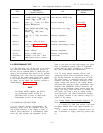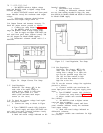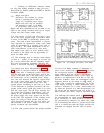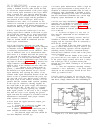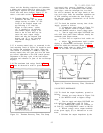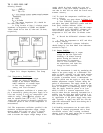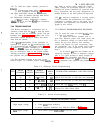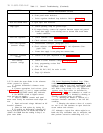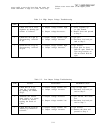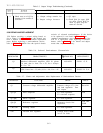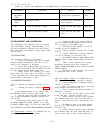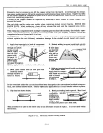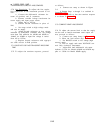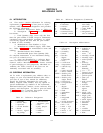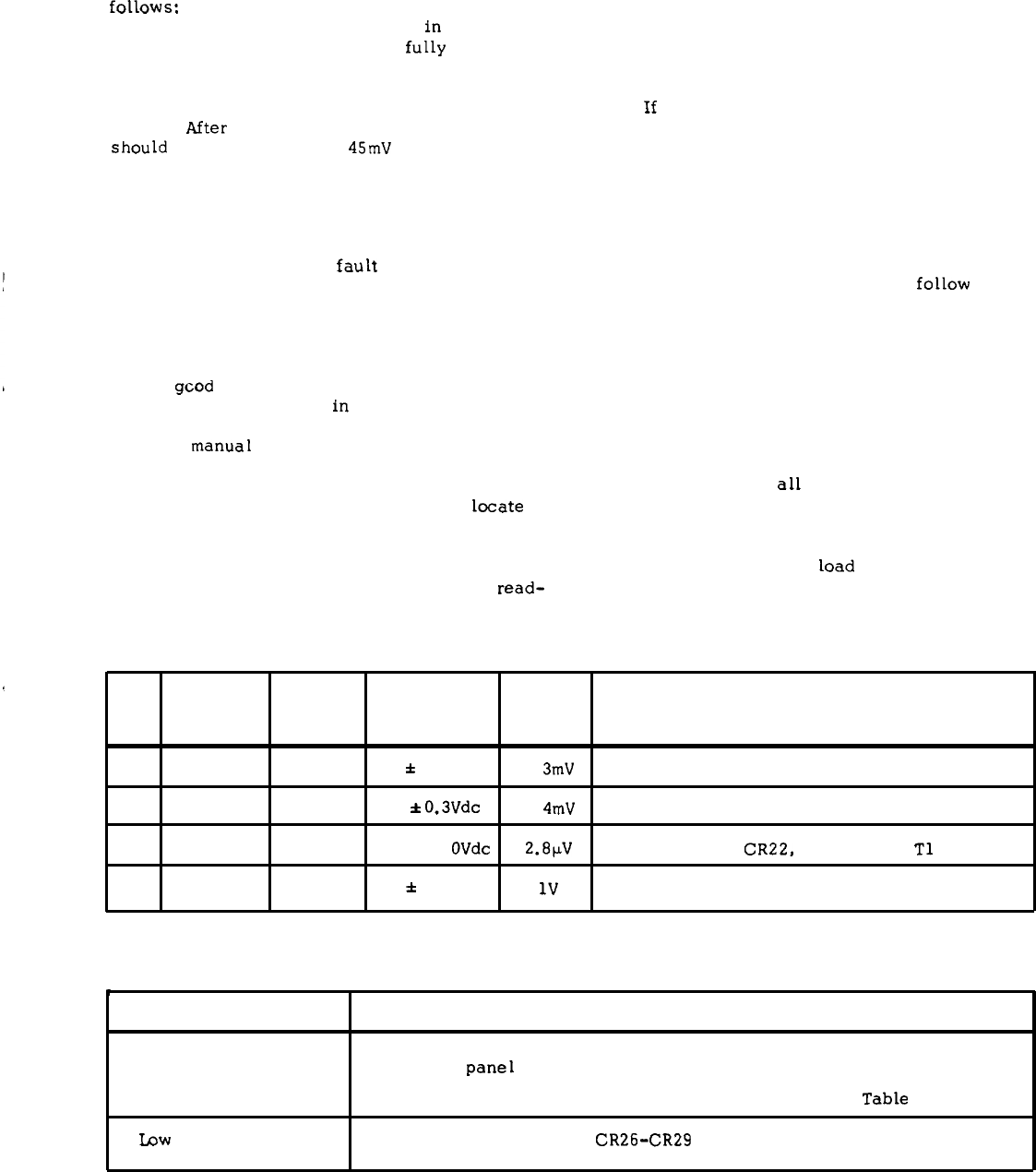
5-47 To check the output stability, proceed as
follows:
a.
Connect test setup shown
in Figure 5-5.
b. Turn CURRENT controls
fully
clockwise
and adjust VOLTAGE controls for 40Vdc output.
c. Allow 30 minutes warm-up then record
the differential voltmeter indication.
d.
Mter
8 hours, differential voltmeter
should
change by less than
45mV
from indication
recorded in Step c.
5-48 TROUBLESHOOTING
5-49 Before attempting to troubleshoot this in-
strument, ensure that the
fault
is with the instru-
ment and not with an associated circuit. The per-
formance test (Paragraph 5-10) enables this to be
determined without having to remove the instru-
ment from the cabinet.
5-50 A
gcod understanding of the principles of
operation is a helpful aid
in troubleshooting, and
it is recommended that the reader review Section
IV of the
manua~
before attempting to troubleshoot
the unit in detail. Once the principles of opera-
tion are understood, refer to the overall trouble-
shooting procedures in Paragraph 5-53 to
locate
the symptom and probable cause.
5-51 The schematic diagram at the rear of the
manual (Figure 7-1) contains normal voltage
read-
TM 11-6625-2965-14&P
ings taken at various points within the circuits.
These voltages are positioned adjacent to the ap-
plicable test points (identified by encircled num-
bers). Component and test point designations are
marked directly on the main printed wiring board.
5-52
If
a defective component is located, replace
it and re-conduct the performance test. When a
component is replaced, refer to the repair and re-
placements and adjustment and calibration para-
graphs in this section.
5-53 OVERALL TROUBLESHOOTING PROCEDURE
5-54 To locate the cause of trouble follow Steps
1, 2, and 3 in sequence.
(1) Check for obvious troubles such as
open fuse, defective power cord, input power fail-
ure, or defective voltage or current meter. Next
remove the top cover (held by four retaining
screws) and inspect for open connections, char-
red components, etc. If the trouble source cannot
be detected by visual inspection, proceed with
Step 2.
(2) In almost
all
cases, the trouble can be
caused by improper dc bias or reference voltages;
thus, it is a good practice to check voltages in
Table 5-2, before proceeding with Step 3.
(3) Disconnect the
load and examine Table
5-3 to determine your symptom and probable cause.
Table 5-2. Reference Circuit Troubleshooting
METER METER
NORMAL
NORMAL
STEP
COMMON
POSITIVE
INDICATION
RIPPLE
IF INDICATION ABNORMAL, TAKE THIS ACTION
(P-P)
1
+s
33
6.2
*
0.3Vdc
.
3mV
Check 12.4 Volt bias or VR1 (See next paragraph)
2
31
+s
6.2
+
0.3Vdc
.
4mV
Check 12.4 Volt bias or VR2 (See next paragraph)
3
+s
37
12.4 *1.
OVdc
2.8KV
Check Q8, Q9, CR22, CR23, C1O,
T1
4
38
41
7.5 * .7Vdc
lV Check C12, CR8, CR24, CR25
Table 5-3.
Overall Trouble shooting
v
SYMPTOM
CHECKS AND PROBABLE CAUSES
High output voltage
a. Front
panel
meter defective.
b. Series regulator feedback loop defective. Refer to
Table 5-4.
Low
output voltage
a. Fuses blown (Check
CR26-CR29 or C14 for short).
5-9





